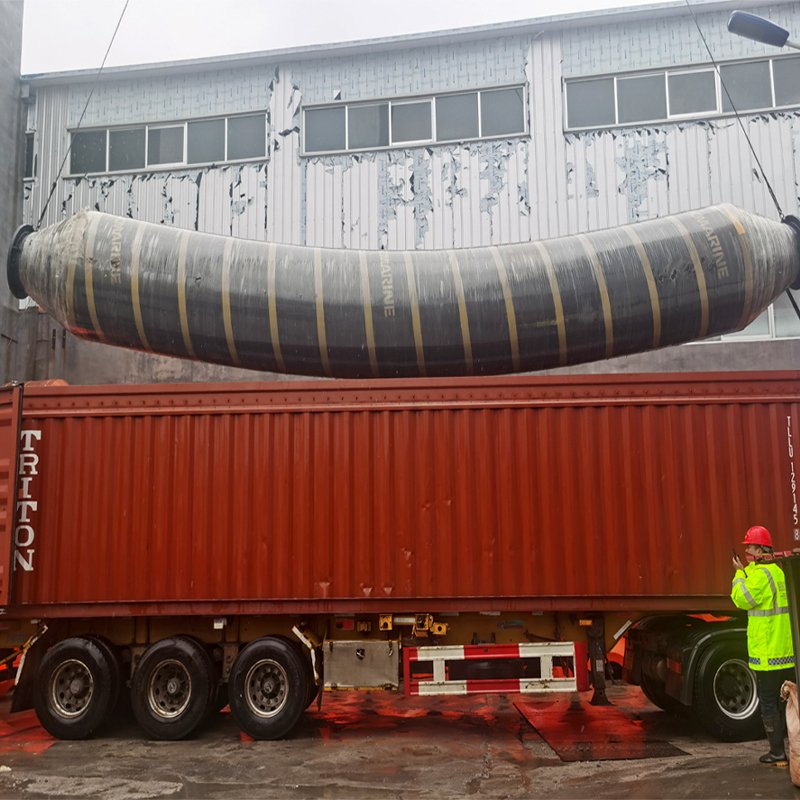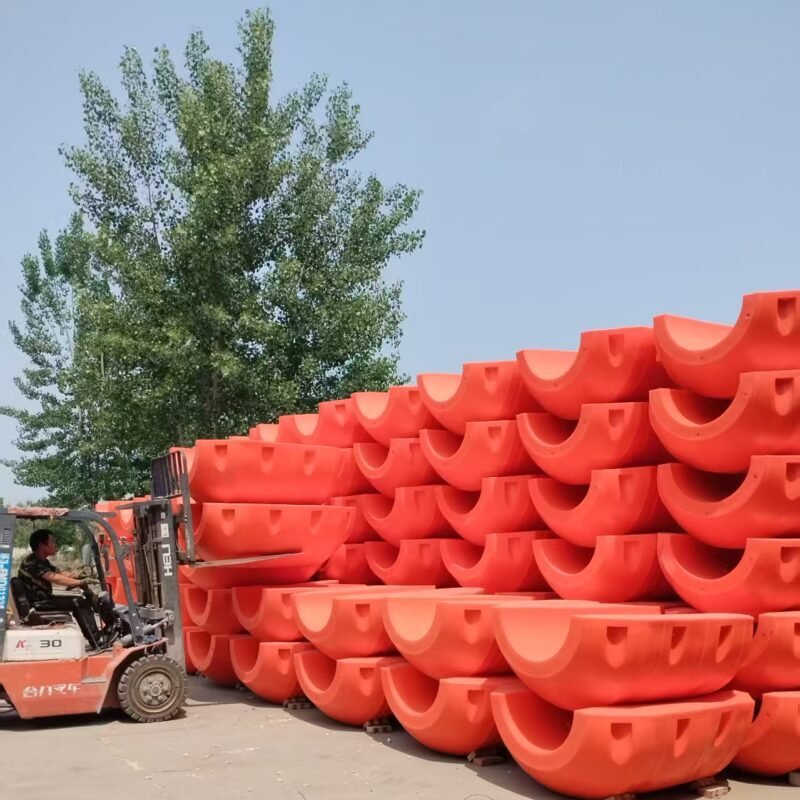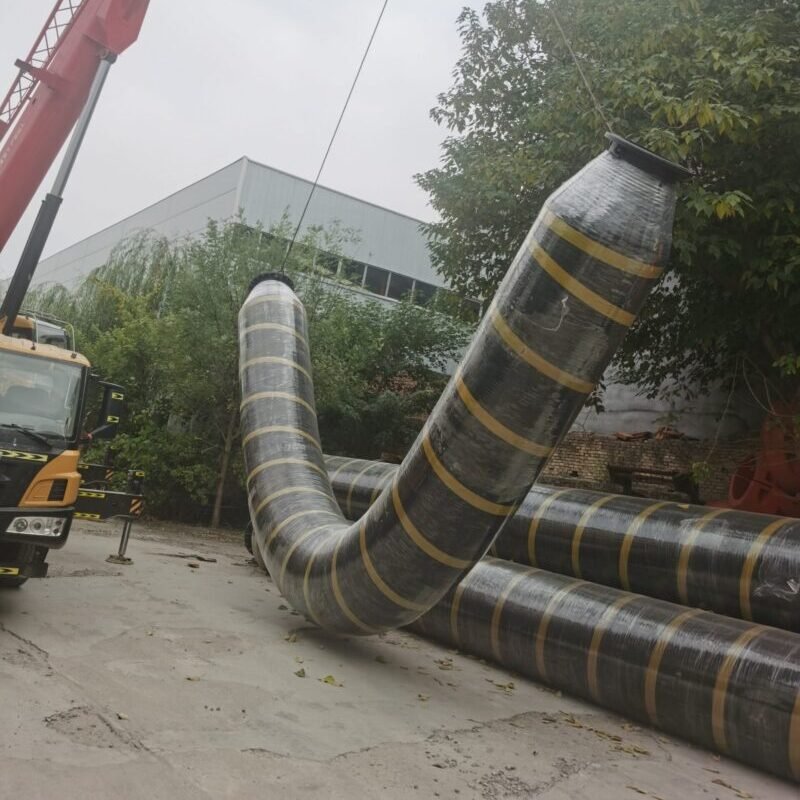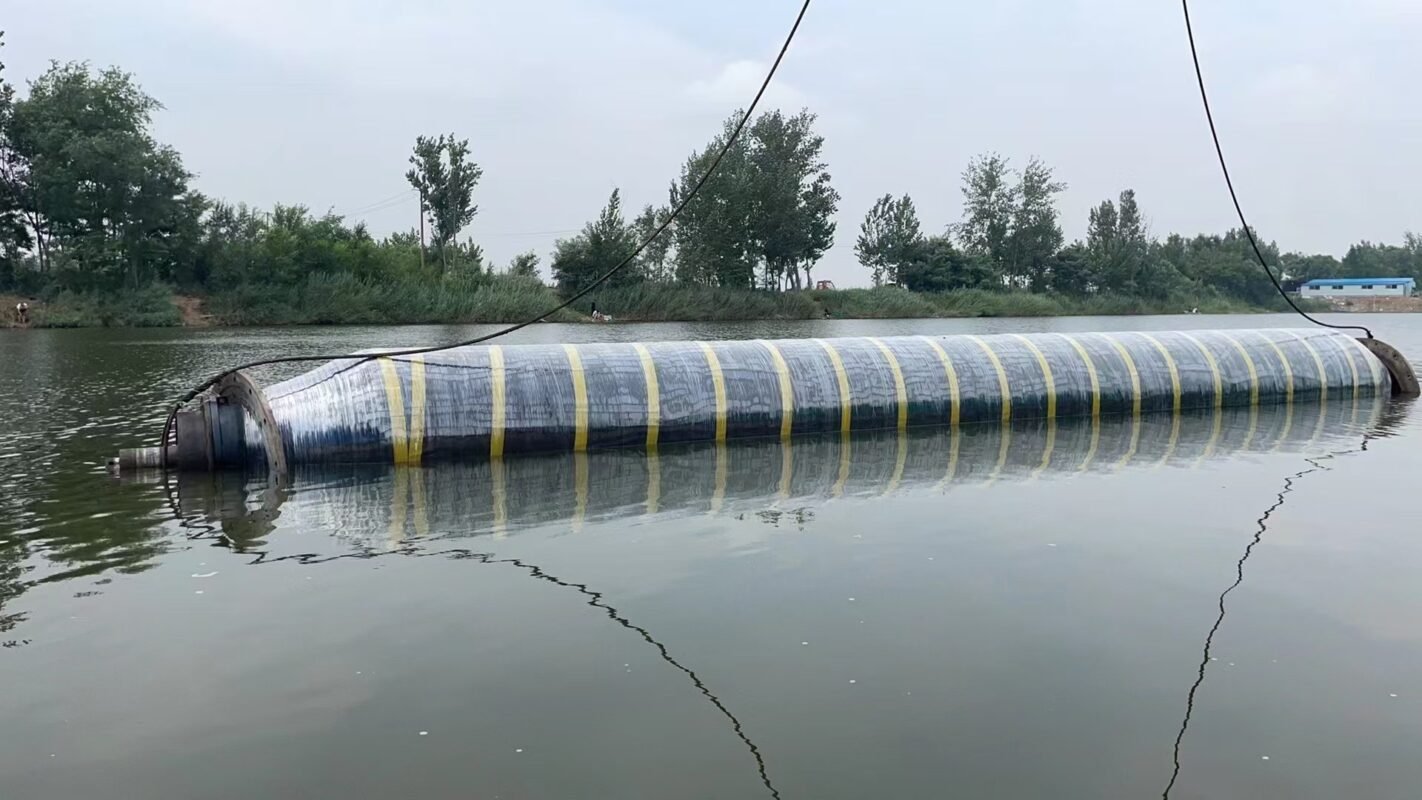Floating Hose

A floating hose is a flexible tube engineered to float on the water’s surface while facilitating the transportation of liquids, predominantly petroleum products, chemicals, or water. These hoses are widely utilized in marine, oil & gas, and industrial settings, where the transfer of fluids between vessels, offshore platforms, or shore facilities is necessary.
Features:Buoyancy:Incorporates buoyant materials such as foam or air chambers, ensuring it remains afloat.This design prevents the hose from sinking, enabling effortless deployment on water surfaces.Flexibility & Durability:Constructed from reinforced rubber or synthetic materials, including PVC and polyurethane.Engineered to withstand exposure to oil, chemicals, UV radiation, and abrasion, ensuring longevity and reliable performance.
Applications:Facilitates offshore oil transfers, including ship-to-ship and ship-to-shore operations.Serves as an emergency fuel supply during disaster relief efforts.Used in dredging operations for efficient water discharge.Plays a crucial role in firefighting within marine environments.

Types:Single-jacket hose: Lightweight and ideal for temporary operations, offering ease of handling.Double-jacket hose: Boasts enhanced durability, thanks to its outer protective layer, making it suitable for more demanding applications.Composite hose: Combines flexibility with superior chemical resistance, catering to a wide range of industrial needs.
Standards & Certifications:Floating hoses must comply with industry standards set by organizations such as OCIMF (Oil Companies International Marine Forum) and API (American Petroleum Institute). These standards ensure safety, reliability, and compatibility across various applications.
Advantages:Effortless deployment and retrieval streamline operations.Minimizes the risk of hose damage caused by dragging on the seabed, extending the hose’s lifespan.Well-suited for dynamic marine environments, adapting to changing conditions with ease.
Disadvantages:Performance is significantly influenced by wave and weather conditions, limiting its usability during adverse weather.Regular inspection is imperative to monitor wear and detect any potential loss of buoyancy, ensuring continued safe and efficient operation.
Would you like details on a specific type or application of floating hoses?





